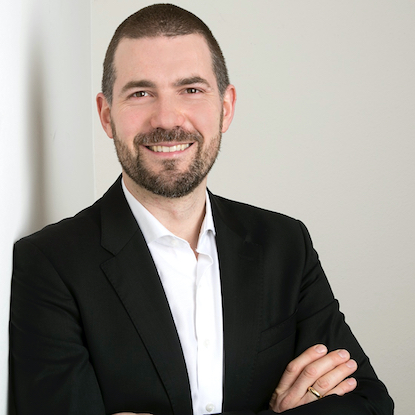Potential analysis for the use of geothermal energy in tunnel construction projects
| Funding body | Deutsche Bahn InfraGO AG |
| Project partners | Geosolving srland Politecnico di Torino |
| Project duration | 01.11.2023 – 30.04.2024 |
| Project team |
Rouven Zeus, M.Sc., Prof. Dr.-Ing. Hauke Zachert, M. Sc. Martina Scerbo, M. Sc. Martina Nicolino, Dr. Francesco Antolini, Dr. Alessandra Insana, Prof. Dr. Marco Barla |
| Contact | Prof. Dr.-Ing. Hauke Zachert |



